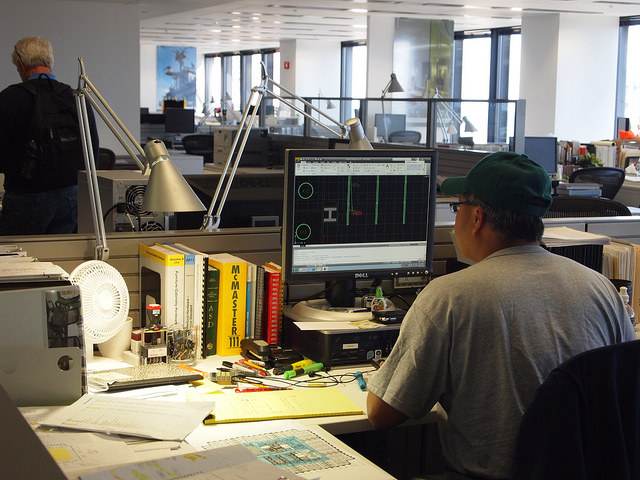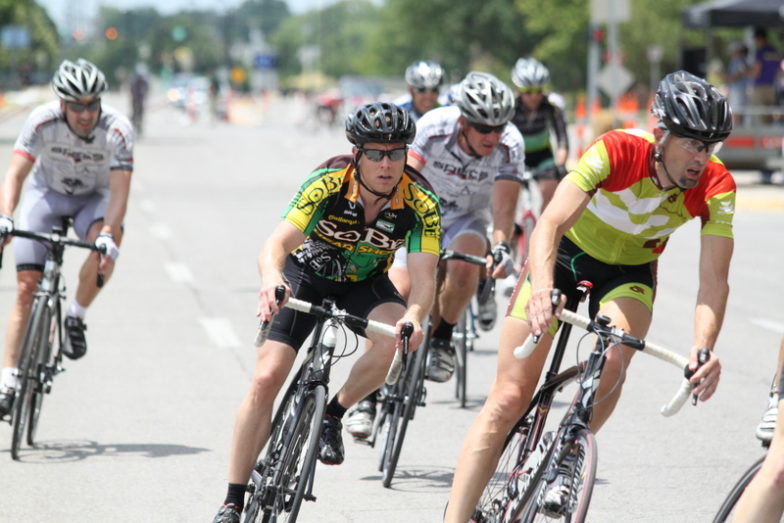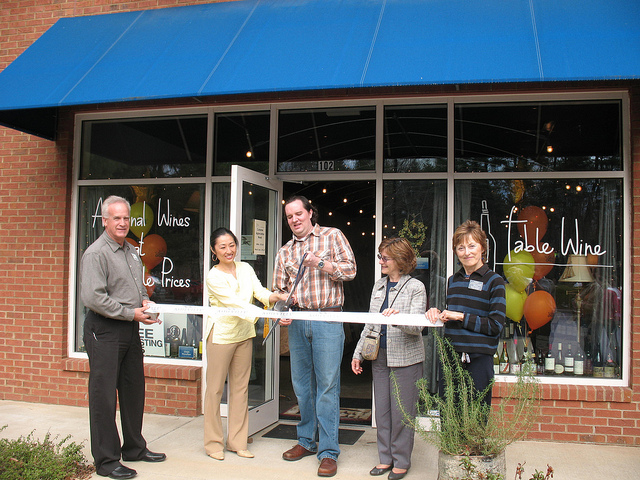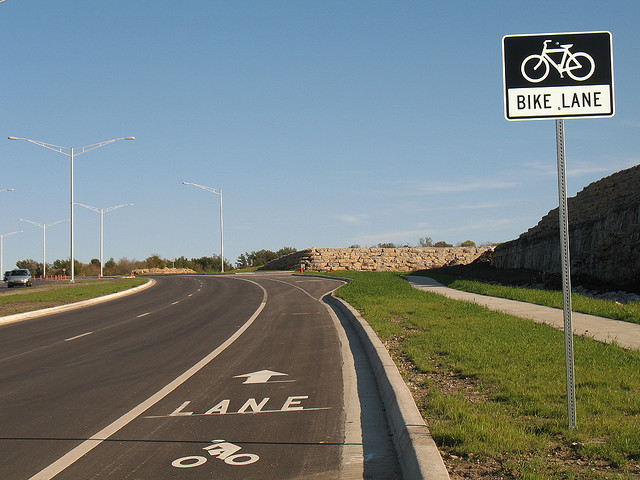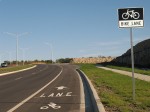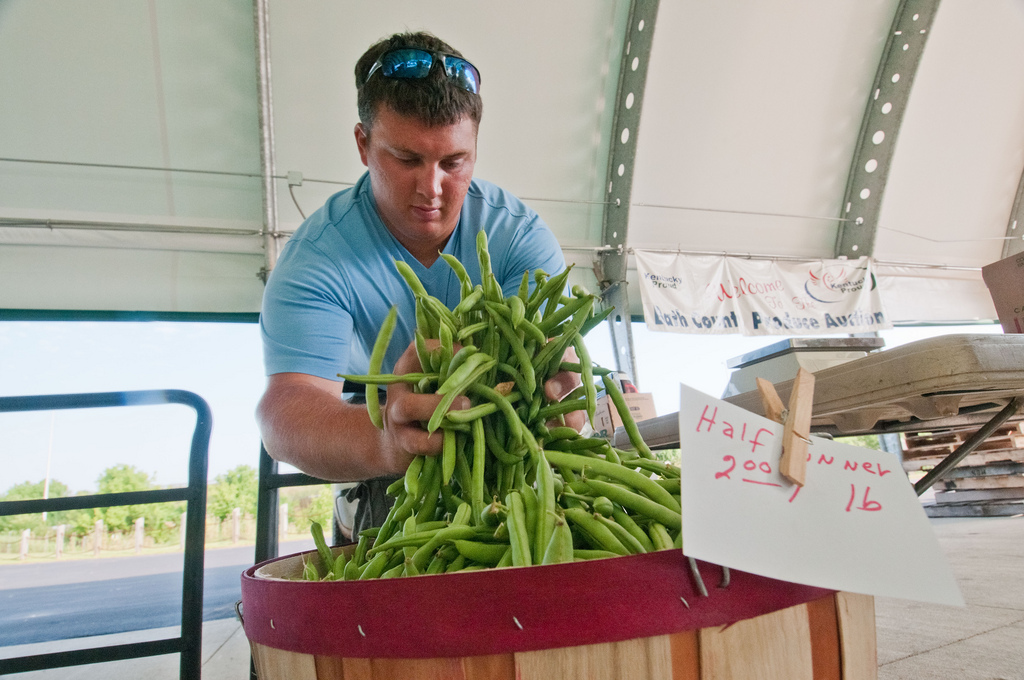When high school students ask me this question, my answers vary and are likely motivated by whatever I’m doing at the time, so I’ve decided to distill the essence of what I see as architecture practice. I should preface this response by telling you I am a business owner, so my day is spent in a myriad different ways.
So, the number one thing an architect does every single day is communicate. Our sole objective is to make sure the thought we have in our head, is the exact same thing the client or contractor or official has in theirs. How does this communication manifest itself? I will demonstrate three simple ways.
Primarily, an architect’s education (and projects) begins and ends with design and drafting. In my day, both were done by hand with pencils and pens, sketchbooks, vellum, and mylar (and the iconic napkin). Today, computers allow us to visualize complex and detailed designs and details, and sometimes allow the uninitiated among us to begin to see our visions as well. All this drawing, whether analog or digital, is graphic communication. We see some object or detail in our minds-eye and carefully craft a drawing demonstrating to clients and contractors our idea and how we intend to bring it into existence.
Sometimes the drawings are only sketches; they are the earliest explorations of what we envision while listening to clients, and are generally used to confirm with them visually, demonstrating we understand their needs, desires, ambitions, and dreams. Cesar Pelli suggests that, because the act of architecture is the culmination of even the earliest marks of pencil on paper, we should be firmly in command of those marks at all times.
We must be experts in listening and speaking. Conversation is often more than casual. It is an act of information gathering and problem solving. There are myriad conversations that take place on any given day. We speak on the phone and in person. We use quick exchanges or meet over coffee or meals. We meet with regulatory officials who make sure our projects comply with codes. At all times those exchanges must be crisp, clear, and concise. Something misspoken or misinterpreted will cost the project time and money. More importantly, it may damage relationships with project partners. Therefore, spoken communication is critical to the success of our projects, our relationships, and our business. Being able to speak well, choosing words strategically, and making ourselves clearly understood is paramount.
When we are unable to connect with our partners verbally, we resort to writing. Whether we are acknowledging receipt of others information, documenting our understanding, or delivering technical information to regulatory officials and contractors, written communication is a necessity in our daily lives. Having a command of vocabulary, spelling, and punctuation ensures we understand the difference between “We ate Uncle Jack,” and “We ate, Uncle Jack.” And as my Mother always reminded me when growing up, “If you speak correctly, you will spell correctly.” Wise words and ones that keep my communication crisp.
Lastly, almost everything we write during a project’s development is used as a legal tool. Specifications become part of the contract between the Owner and the Contractor, site observations become part of the legal documentation for contract fulfillment between me and my client. The last thing I want or need is ambiguity in my observations, my intent, or my understanding.
As you can see, all aspects of an architect’s daily life rely on communication. Our mastery of these three forms, through our education and our daily exercise, will directly contribute to our success in this profession. My advise to you, whether you are a high school senior considering architecture as a profession, or a sixth-year senior in architecture school attempting to survive until graduation, is to practice these three forms of communication diligently and regularly. Draw, speak, and write. Be comfortable in all areas and you will be a great professional!
References and Citations
Kliment, S. A., & Pelli, C. (1984). Architectural sketching and rendering: techniques for designers and artists. New York (N.Y.): Whitney Library of Design.
Photo Credit: Jaysin Trevino; no modifications made.

